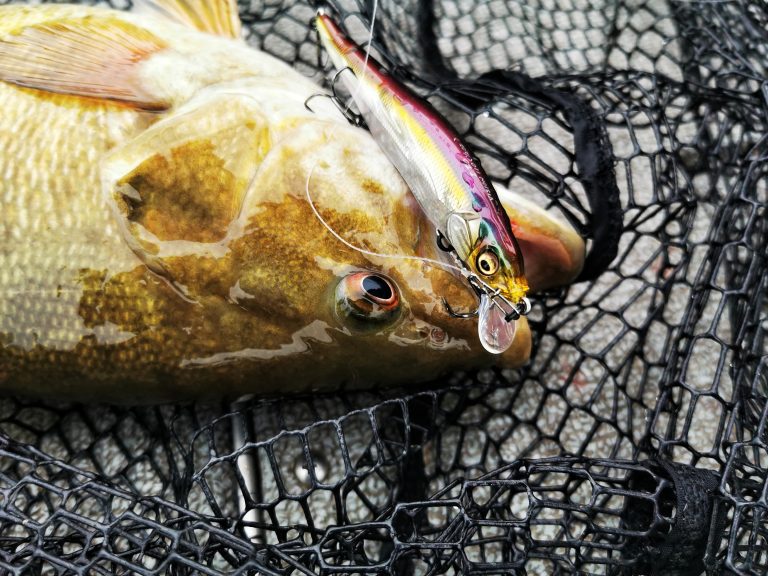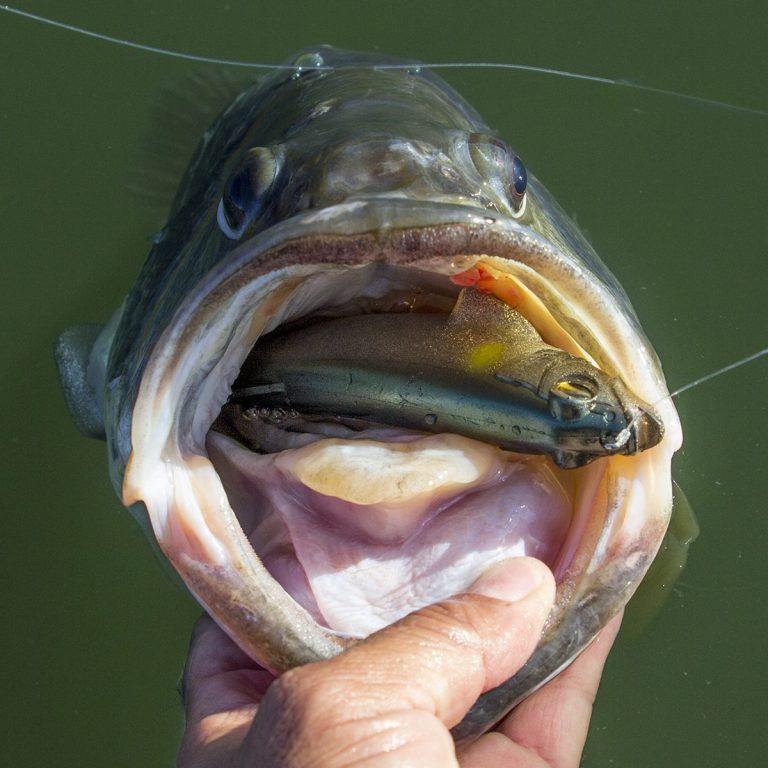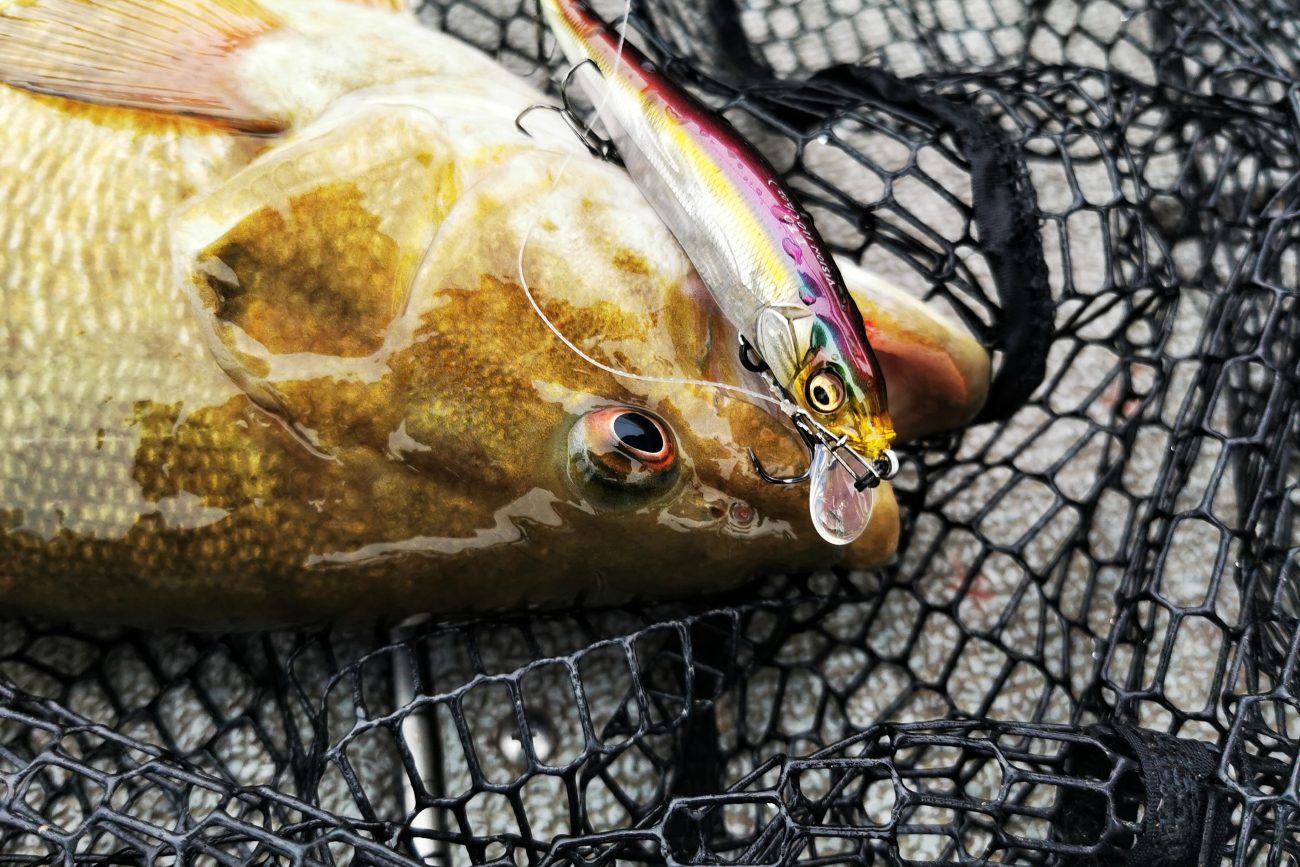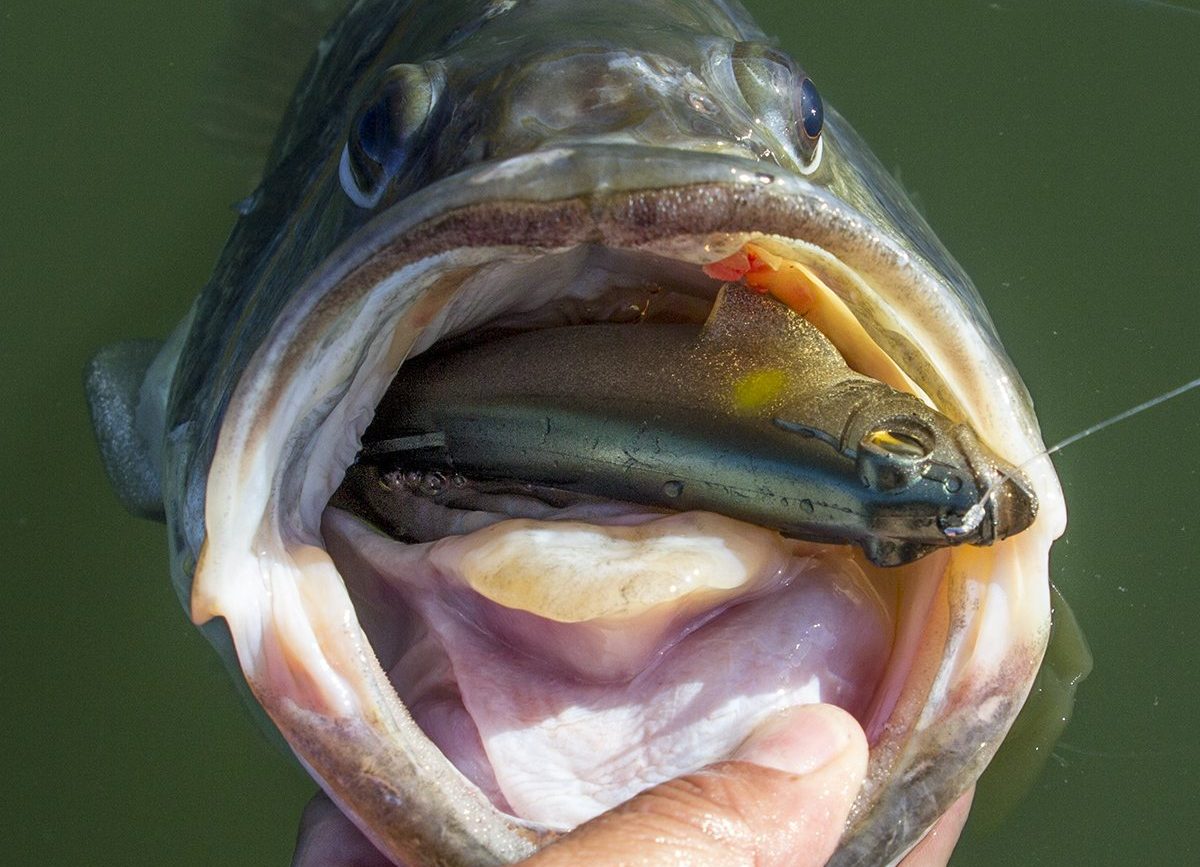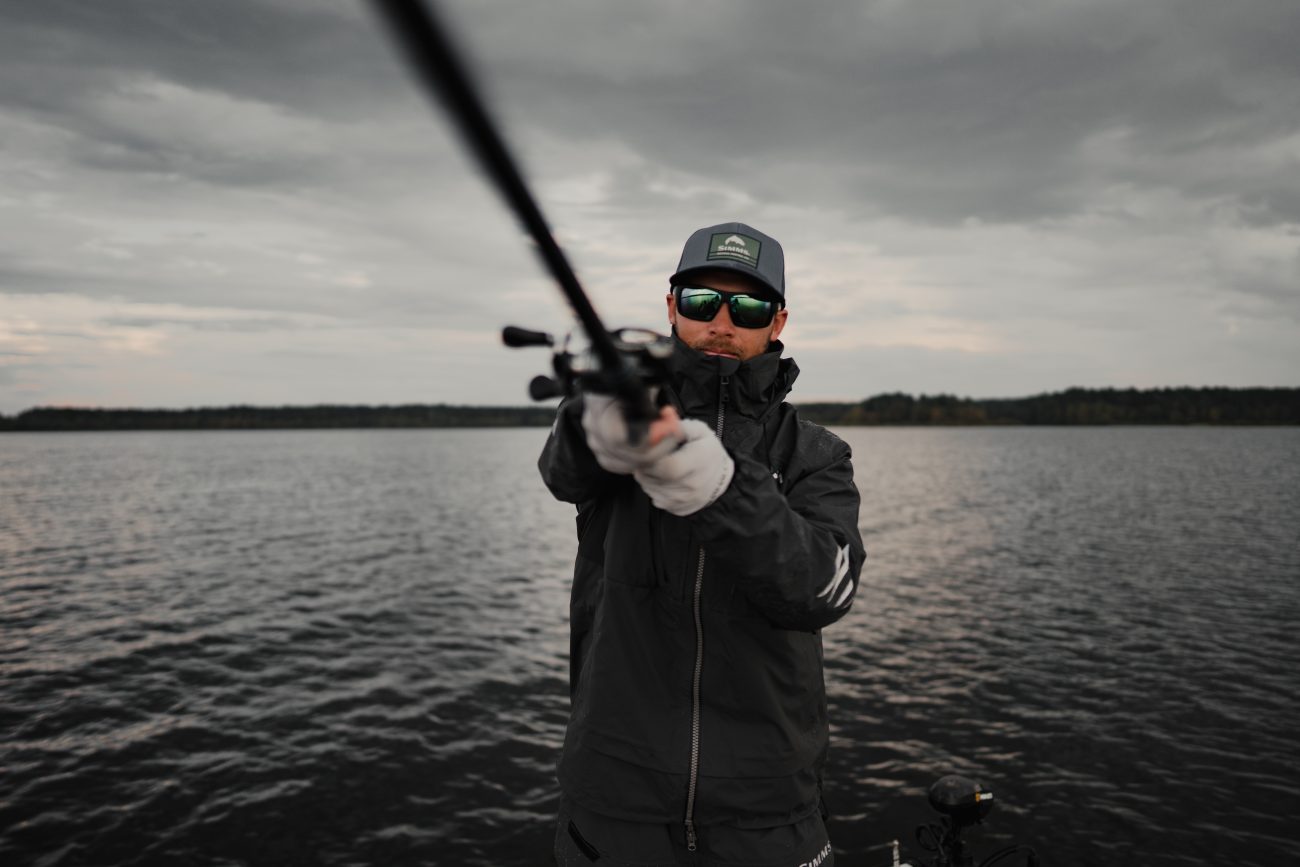The birth of bass fishing swimbaits began in California decades ago. This was a closely guarded secret for many years, but slowly, tournament anglers began using swimbaits in events back east.
Once the word got out, swimbaits spread like wildfire, and for a period, these California-produced baits were nearly impossible to get. Anglers were at times waiting 6-months or more for them to be custom poured.
Now, most every lure company in the country has at least one swimbait offering (if not more), and one thing is for sure: swimbaits produce and are here to stay.
There are a wide array of swimbait styles and profiles, but one of the most popular is the paddle tail shad-bodied versions that require a weighted swimbait hook and are fished weedless. Ours, of course, is the SPARK SHAD; an exceedingly natural, salt-impregnated soft-bodied swimbait. The Spark Shad comes in 3, 4, and 5-inch sizes, allowing anglers to match the forage size in the lakes they are fishing.
Regardless of the swimbait you are using, the most critical aspect for belly-hook swimbaits is proper rigging. This cannot be stressed enough!
The reason it is so critical is that a swimbait is a sight bait for the most part; particularly with the larger sizes. Bass will study and track these baits visually many times before striking, so the proper rigging is necessary to get the most natural look and action.
hook selection
The hook is critical. You will first need a swimbait hook that meets the following criteria:
- Wide gap This is extremely important because swimbaits have thick plastic in them that require a wide gap to ensure the hook point penetrates a bass’ mouth without being hindered by the thick plastic
- Screw-lock Some hooks have an offset shank which will work, but the best ones have a screw-lock. The screw-lock will allow the bait to more securely hold the hook and will not slip down on the bait after moderate use
- Size You must balance the gap size in terms of hooking efficiency, with the visual of the hook. Too large of a hook will not only affect the action of the swimbait negatively, but it will make it look unnatural. A good rule of thumb on the Spark shad is to use a 5/0 or 6/0 on the 5 inch, 4/0 on the 4 inch, and 3/0 on the 3 inch
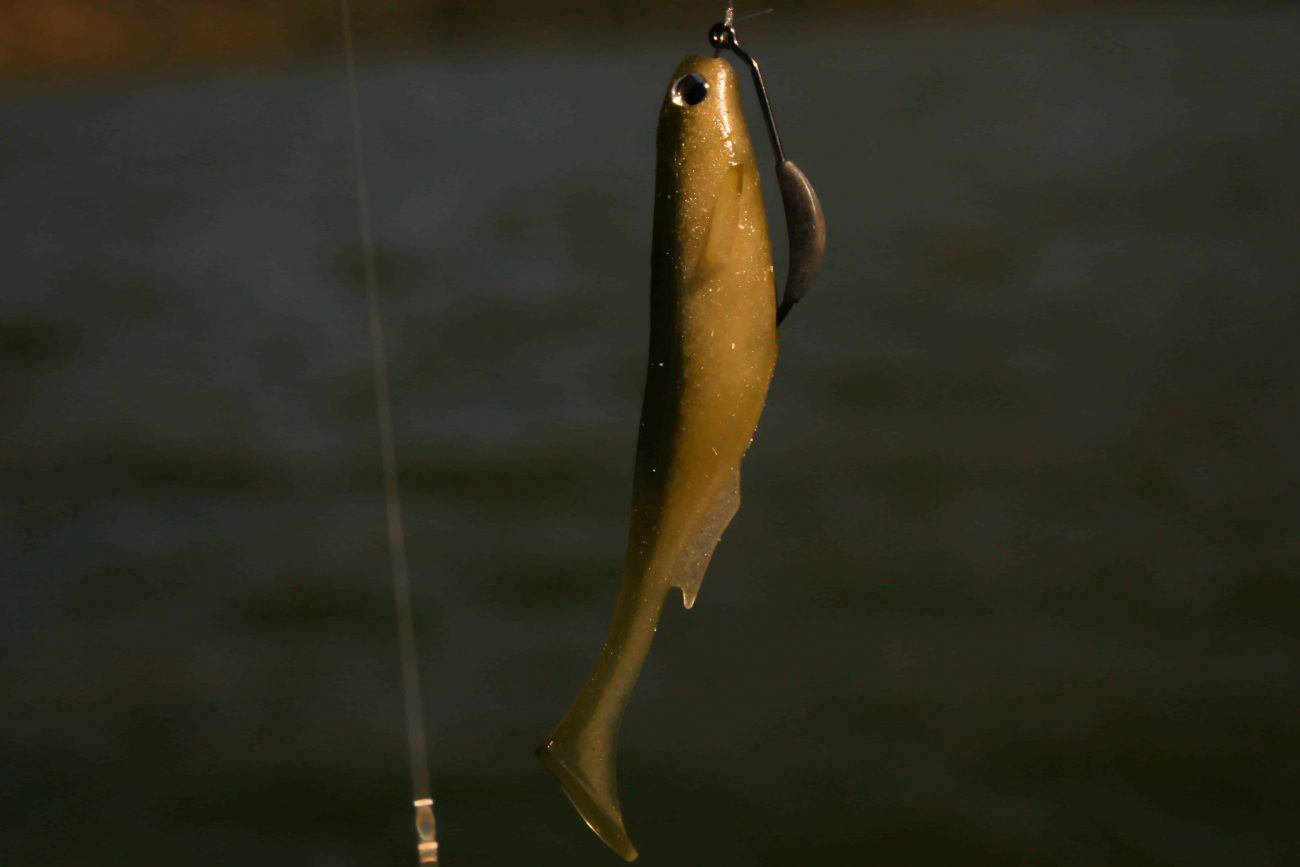
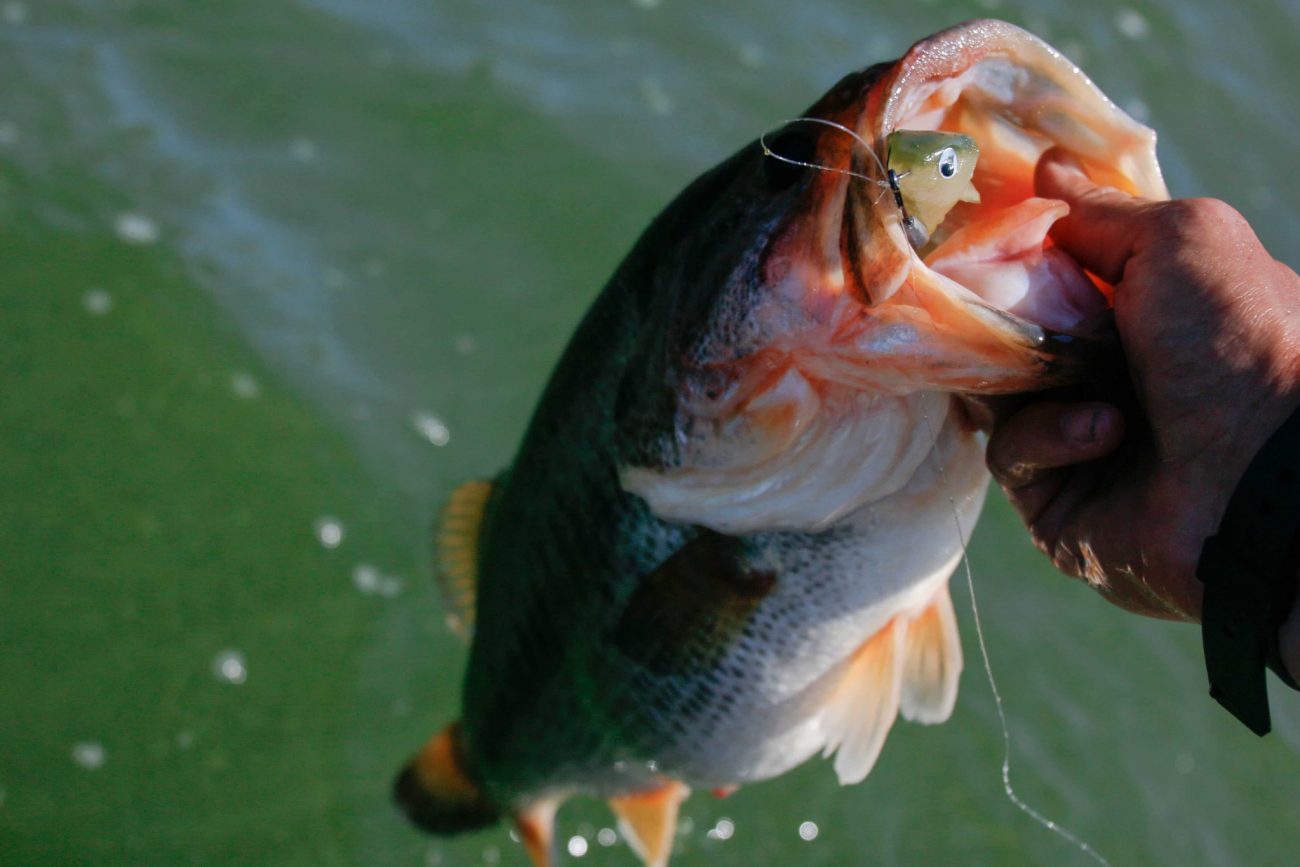
attention to detial
Make sure when you rig your swimbait that the hook point comes out exactly in the center of the body and through the top. If you fail to do this, the bait will not run straight and will tend to roll to one side. Also, once you come out the top of the swimbait with the hook point, try and lay if flat on the top of the bait without putting the point of the hook back in the bait. This will increase your hookup percentage greatly.
Matching the proper rod and line is next. Even if you are using a light belly weight, all sizes of the Spark Shad cast very well, due to the bulk and density of the lure.
Unless you’re fishing the 3-inch Spark Shad on an Okashira Head or ScrewHead jighead (which the Destroyer F2.5-76XS Flyssa was built for), you will need a medium-heavy to extra-heavy rod. When you get the swimbait bite, you need to drive the hook through plastic and bass much like you would a plastic worm bite.
For the 4 and 5-inch Spark Shad, a stout model like the Tour Versatile or Perfect Pitch (available in the Levante and Orochi XX series) is ideal. The length and power of these models offer accurate casts and positive hooksets. On the 3-inch model, downscaling to the Diablo Spec-R in the Levante or Orochi XX will matchup perfectly.
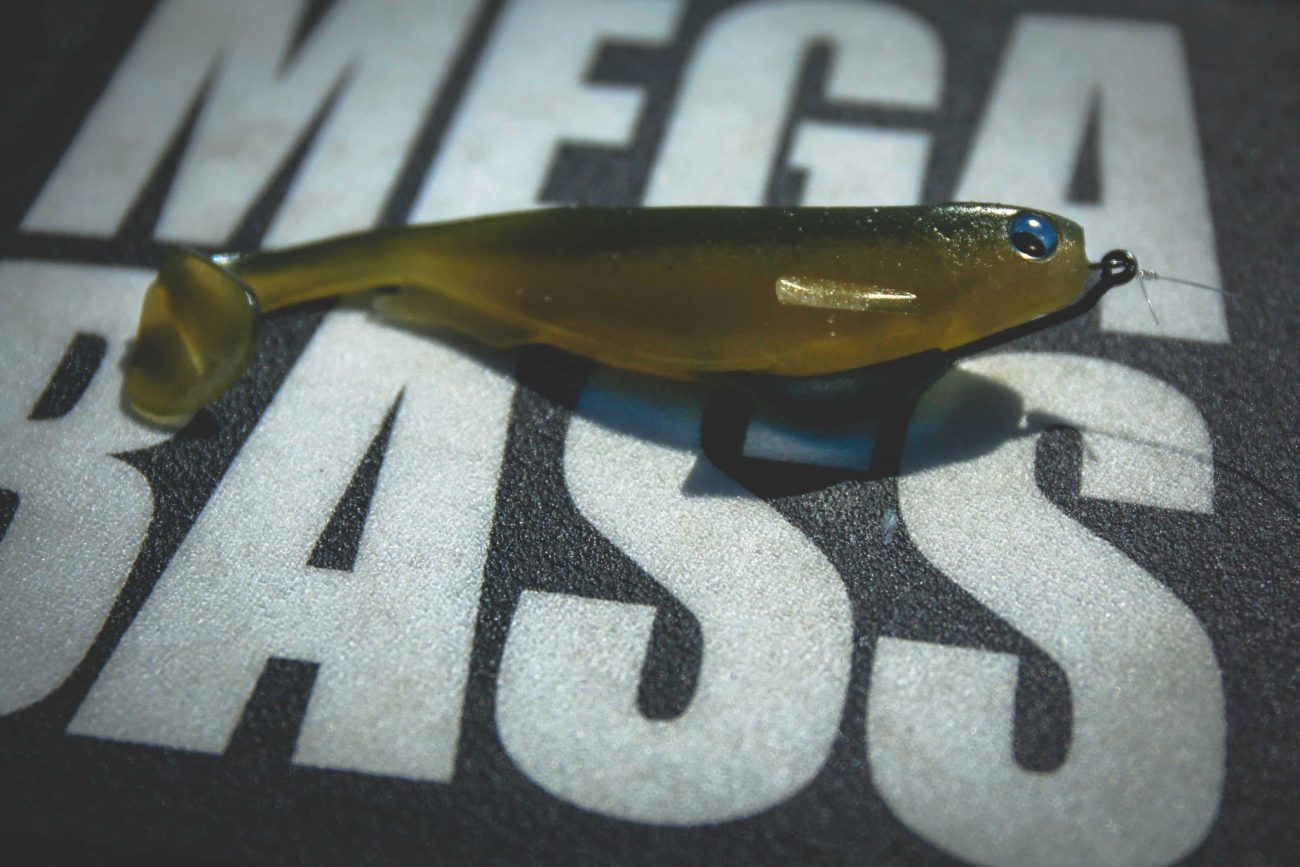
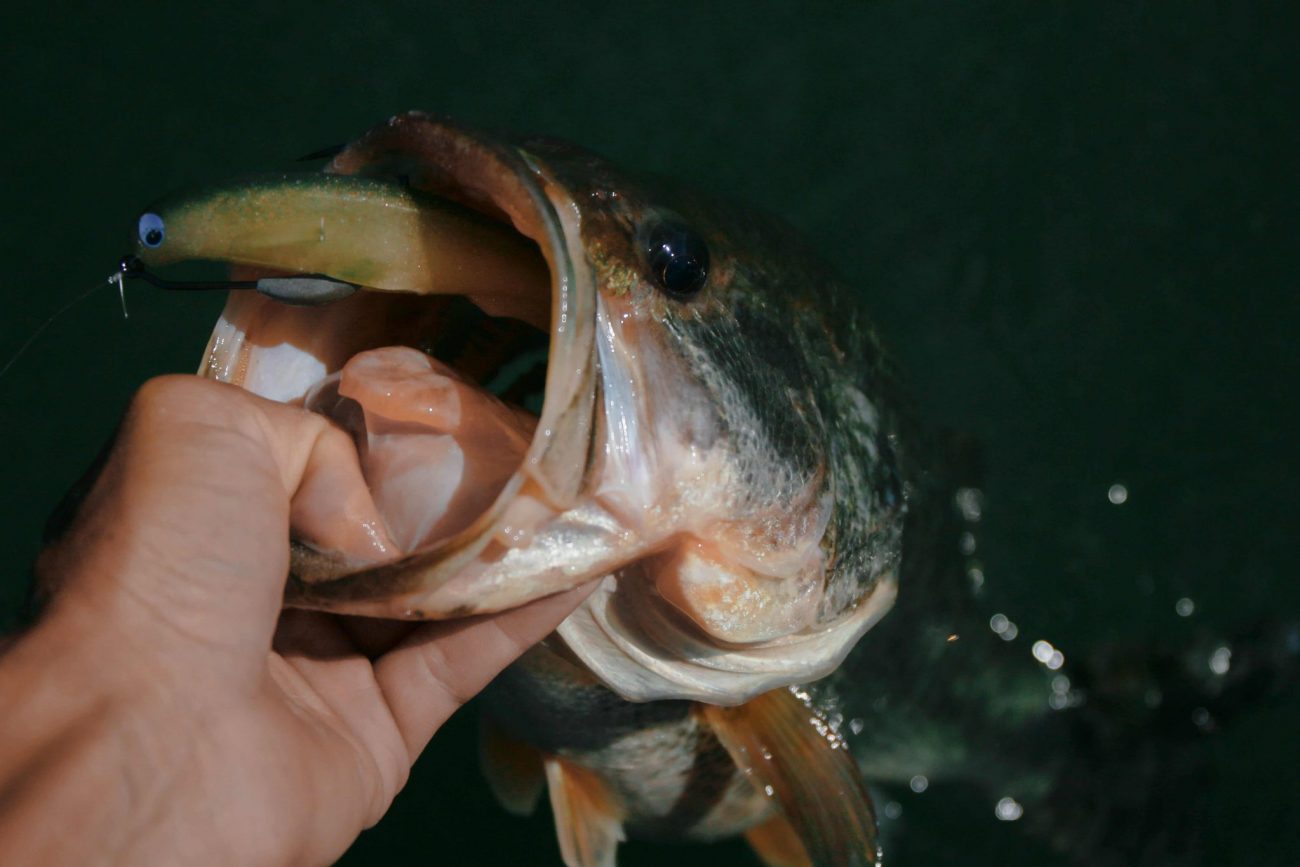
Presentations are fairly simple. Once you determine the depth of the fish and allow the bait to sink to that depth, just begin with a moderate, slow retrieve. Occasionally you can turn the handle fast for one revolution and sometimes this will generate a reaction strike.
Don’t be afraid to experiment with weighted screw-lock hooks with bladed attachments as well. The added flash and vibration are sometimes key to triggering bites, especially when there’s a bit of stain in the water.
Don’t sleep on this technique–swimbaits, especially larger sizes like the 5-inch Spark Shad, will give you the opportunity to catch the bass of a lifetime!


